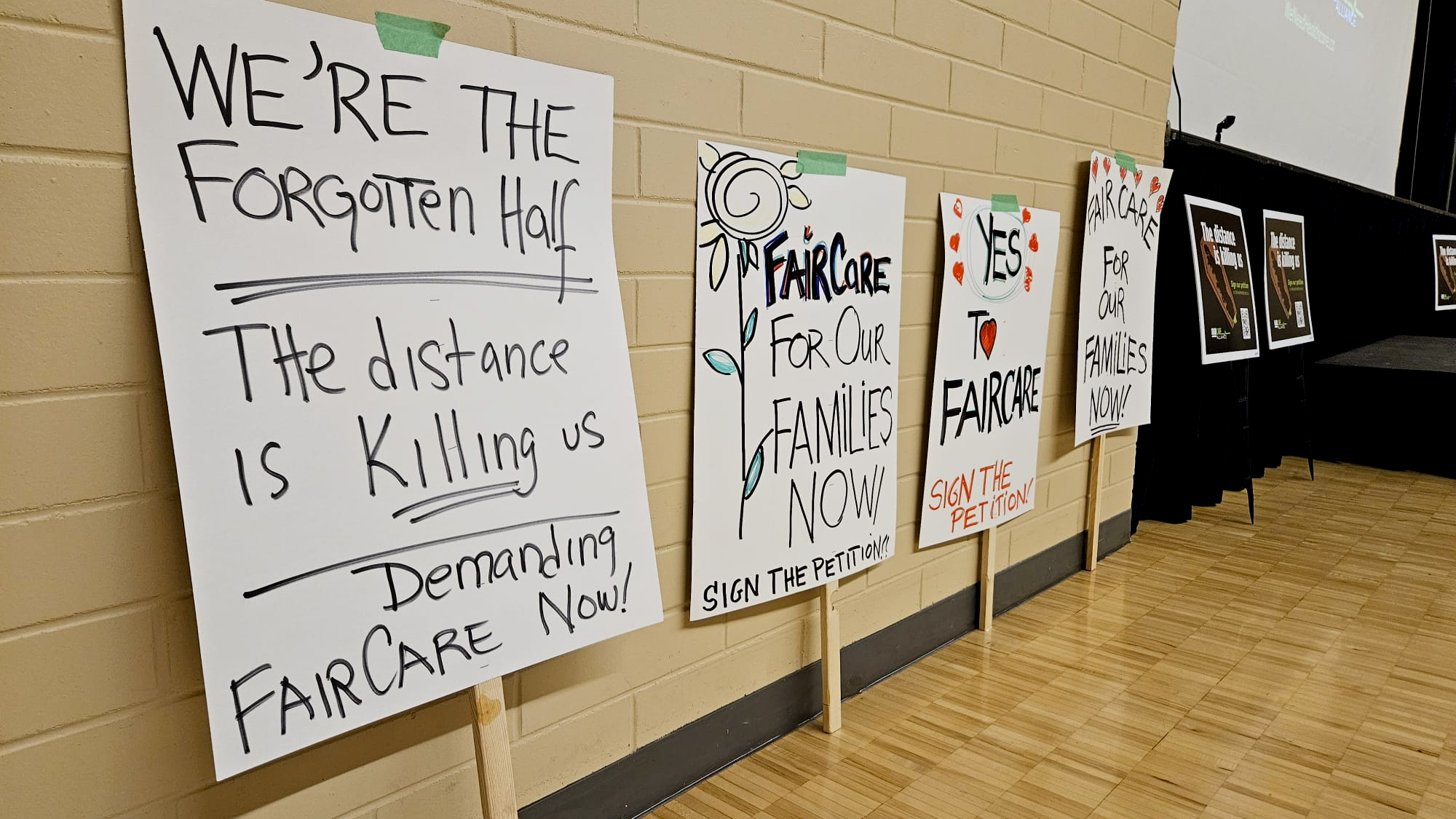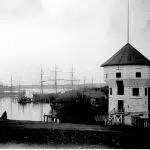
‘Fair access to healthcare:’ clear demands made to address ‘deadly and inefficient’ Nanaimo hospital
NANAIMO — The message was loud and clear: central and north Island residents demand equitable access to healthcare compared to Vancouver Island’s southern tip.
Roughly 350 people crammed into the Beban Park Social Centre on Thursday, Sept. 12 for a rally organized by Fair Care Alliance, who are demanding the provincial government to fund two major additions: a catheterization lab (cardiac care) and a new patient tower at Nanaimo Regional General Hospital (NRGH).
Alliance chair Donna Hais addressed the crowd, saying areas north of the Malahat get roughly one-fifth of Island healthcare funding, despite being home to more than half the Island’s population.
“It’s not about what political party you belong to, what race you are or gender, it’s about you as a human being. It’s about us, speaking with one voice about something that is critical and our basic right to fair access to healthcare,” Hais said.






